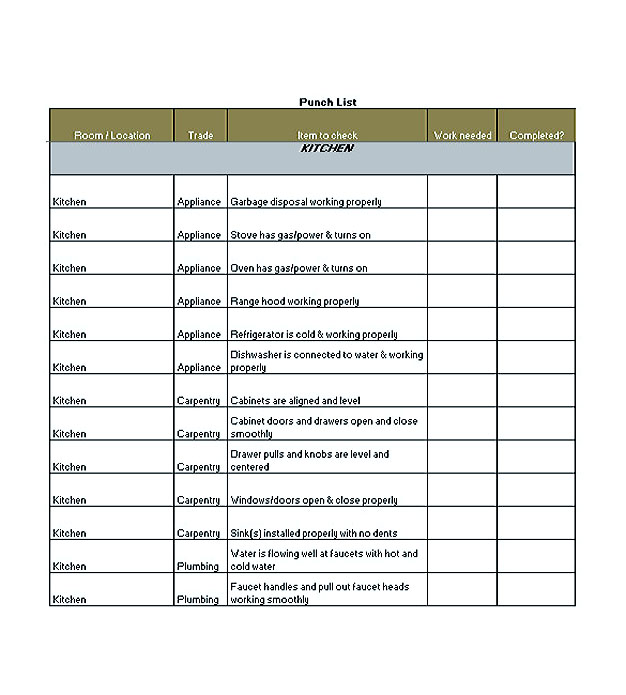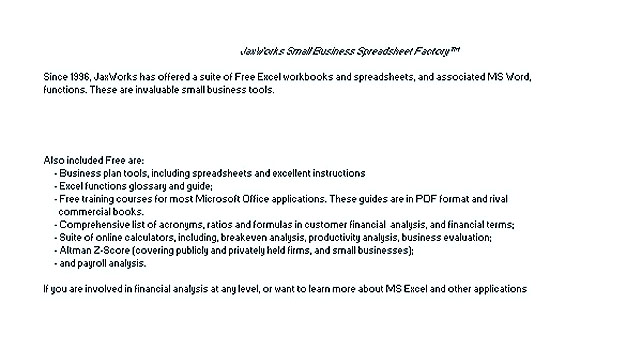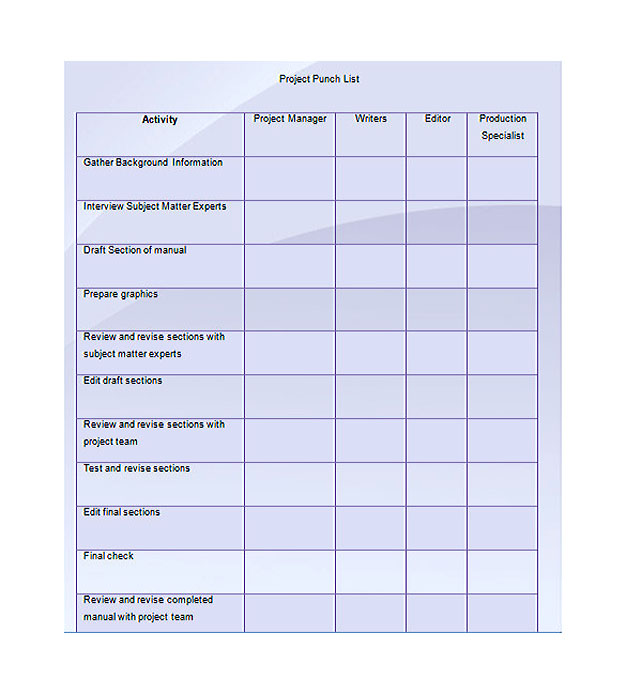If you plan to remodel you house you may feel confused or afraid to execute since it is a project that needs a lot of money. You need to have a careful planning if you want to remodel your house until you can decide to use a punch list. A punch list is a list that will help you have a safe budget remodeling project for your dream house. To make a punch list is not difficult. You just need to find punch list template in the internet. You can start the remodeling project by making a punch list. Then you can start to inspect your house all around to determine which part that needs remodeling project.
Contents
Punch List Function
The function of a punch list is to help you identify and built a house based on your taste and your budget. You can write down the elements of your house that needs to be remodeled. You can put the small until big project waiting to be done in the punch list. Then after you gather all of the lists, you can give it to the contractor and tell them what you want with your house. Punch list will tell overall remodeling project that need to be done in a house.
Make a Punch List
To make a punch list is not as complicated as you think. The form of the punch list template is actually in an excel spreadsheet. You can download and edit the form based on your needs. You can add the details for the project such as the finish, materials and the color for each part. The punch list will be organized based on the room and trade in the house. The trade means sub-contractors that you choose for the project. In the trade section you will include plumbing, lighting, carpentry, electrical, flooring and paint project.
Punch List Project Details
The details in the punch list are very important because it will determine how and when the project will be done. You can choose the materials and set the budget for each part. Then you can ask to your contractors whether the price is suitable with their price or not. If everything is agreeable you can start to execute the remodeling project.
You can make your job easier in identifying the part for the remodeling by using blue painter’s tape. Put the tape in each part so both you and the contractors will be easy to find the item that want to be remodeled. You can use other tape that is eye catching and can be used to identify the part of your house.
If you feel worry about remodeling your house, you do not need to do it again because you can make a punch list that can help you to make a list for each item that you need to remodel. Punch list template that you can download in the internet can be customized based on your need to list everything to remodel based on your taste and budget.
Punch List Template Sample

Sample punch list template

project punch list

Project Punch List Template Example

construction punch list template excel


